At Commonwealth Contractors, our approach to building mirrors my personal philosophy on life, blending practicality with a touch of ingenuity. With a deep respect for classical building principles and a keen eye for modern improvements, you can rest assured that when you collaborate with Commonwealth Contractors, your project will be managed with quality and integrity.
.svg)


The 19th century in Virginia was a period of dramatic change, not only in society and technology but also in architectural taste. As the classical restraint of earlier styles gave way to a new spirit of romanticism, two distinct architectural movements emerged: the Italianate and the Gothic Revival. Both styles brought a sense of picturesque beauty, historical nostalgia, and expressive detail to Virginia’s towns, cities, and countryside. This article explores the origins, defining features, major architects, and enduring influence of Italianate and Gothic Revival architecture in Virginia, with a focus on the region’s most notable examples.
In the heart of Charlottesville, VA, Commonwealth Contractors are established experts in restoring, renovating, and building homes that honor Virginia’s romantic architectural heritage. If you have any questions after reading this guide, please reach out.
The Rise of Romantic Revival Styles in Virginia
From Classical Order to Picturesque Imagination
By the mid-19th century, American architecture was shifting away from the symmetry and restraint of Georgian, Federal, and Greek Revival styles. Inspired by European trends, architects and patrons began to embrace the picturesque, the exotic, and the emotionally evocative. The Italianate and Gothic Revival styles, both rooted in romantic nostalgia for the past, became the leading expressions of this new sensibility.
These styles flourished in Virginia’s growing cities and prosperous rural areas, offering a fresh vocabulary for homes, churches, schools, and public buildings.
Italianate Architecture in Virginia
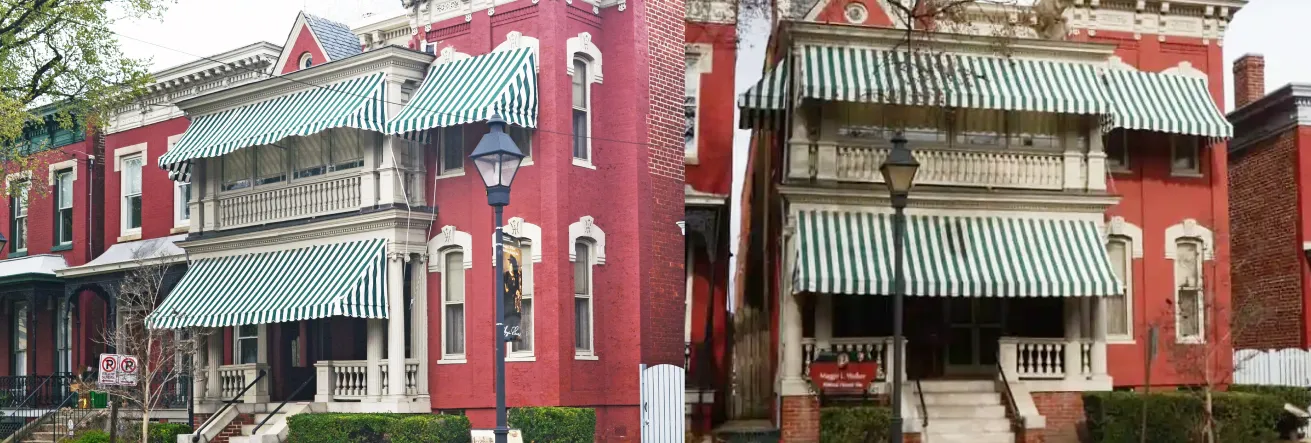
Origins and Influences
The Italianate style emerged in the United States in the 1840s, inspired by the rural villas of northern Italy and the romantic poetry and art of the era. Pattern books by architects such as Andrew Jackson Downing popularized the style, making it accessible to a wide range of clients and builders.
The Italianate style offered a dramatic contrast to the formal, symmetrical lines of earlier architecture, favoring verticality, ornament, and a sense of relaxed elegance.
Defining Features of Italianate Architecture
Italianate buildings in Virginia are characterized by:
- Low-pitched or flat roofs: Often with wide, overhanging eaves supported by decorative brackets or corbels.
- Tall, narrow windows: Frequently arched or curved at the top, sometimes paired or grouped.
- Elaborate window crowns and surrounds: Including hood moldings, pediments, and intricate trim.
- Porches and balconies: With ornate columns, balustrades, and scroll-sawn ornament.
- Towers or cupolas: Adding vertical emphasis and a sense of grandeur.
- Cast-iron and press-metal details: Made possible by advances in industrial technology.
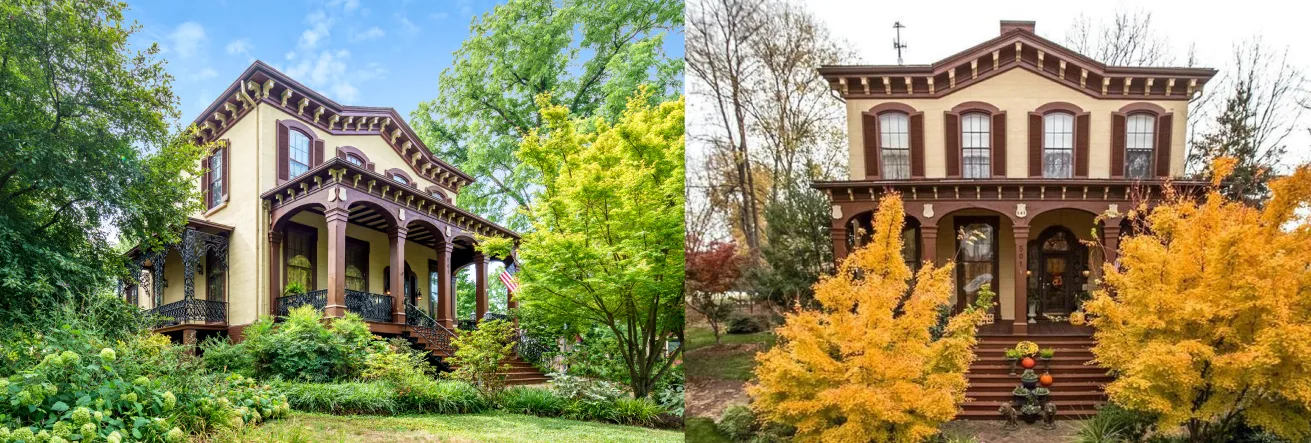
Notable Italianate Examples in Virginia
Virginia’s Italianate buildings range from urban townhouses to grand country estates:
- Maggie L. Walker House (Richmond, 1883): Designed by George Boyd, this urban Italianate home features a low-angled roof, decorated eaves, and tall, narrow windows.
- Hill Mansion (Culpeper, 1857): A grand country house with cast-iron railings, ten-foot windows, and a dramatic stairwell entrance.
- The Anchorage (Albemarle County): A substantial brick farmhouse with Italianate octagonal columns, elaborate porches, and Victorian embellishments.
- Bellevue (Albemarle County): Early Italianate elements mixed with Greek Revival forms.
- Judge William J. Robertson House (Charlottesville): A combination of Italianate and Gothic Revival styles.
- Rose Cottage (Peyton House): Italianate influences with Greek Revival, though now demolished.
Social and Economic Context
The Italianate style became popular during a period of industrial growth and urban expansion in Virginia. Advances in cast-iron and press-metal technology made elaborate ornaments affordable for middle-class homeowners, while wealthy patrons commissioned grand Italianate villas to showcase their status.
The style’s flexibility allowed it to be adapted for rowhouses, detached homes, and even commercial buildings.
Gothic Revival Architecture in Virginia
Origins and Influences
The Gothic Revival style drew inspiration from the medieval cathedrals and castles of Europe. In America, it was championed by architects such as Alexander Jackson Davis and Richard Upjohn, and popularized through pattern books and ecclesiastical commissions.
In Virginia, Gothic Revival architecture found its greatest expression in churches, schools, and institutional buildings, though some residences also adopted the style.
.webp)
Defining Features of Gothic Revival Architecture
Gothic Revival buildings in Virginia are characterized by:
- Pointed arches: Used for windows, doors, and decorative elements.
- Steeply pitched roofs: Often with cross gables and decorative vergeboards.
- Buttresses and pinnacles: Adding vertical emphasis and a sense of drama.
- Polychrome masonry and patterned brickwork: Especially in High Victorian Gothic examples.
- Stained glass windows: Featuring intricate tracery and religious iconography.
- Ornamental woodwork: Including finials, bargeboards, and decorative brackets.
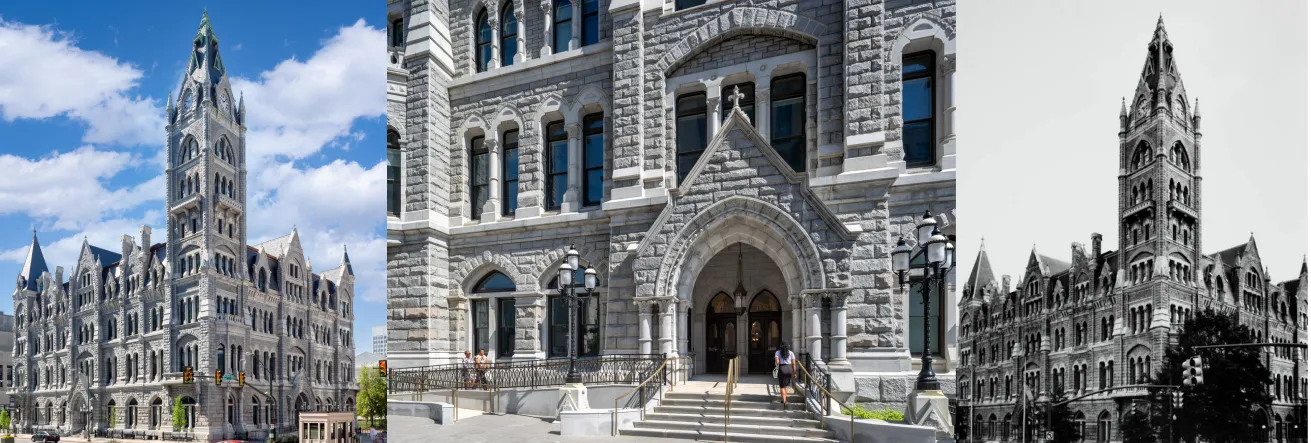
Notable Gothic Revival Examples in Virginia
Virginia’s Gothic Revival buildings are among the most visually striking in the state:
- Richmond’s Old City Hall (1894): Designed by Elijah E. Myers, this ornate civic building features Gothic Revival details throughout its four-story arcaded interior.
- Blenheim (Albemarle County, 1846): A Romantic Revival mansion with Gothic trim and outbuildings, including a colonnaded “book house.”
- Miller School of Albemarle (1874): A High Victorian Gothic complex designed by D. Wiley Anderson, with richly ornamented brickwork and dramatic massing.
- Grace Episcopal Church (Cismont, 1847): The only known Virginia work of William Strickland, a leading American architect of the era.
- St. James Church (Owensville, 1896): A well-preserved rural Gothic Revival church, never modernized.
- Woolen Mills Chapel (Charlottesville, 1887): A Carpenter Gothic church with a distinctive bell tower.
- Evergreen Baptist Church (Proffit Historic District, 1891): A Gothic Revival landmark in a historically African American community.
Gothic Revival in Residential and Rural Architecture
While most Gothic Revival buildings in Virginia are churches or schools, some residences, such as Sunnyside and the Benjamin Tonsler House, incorporate Gothic trim and details. The style’s romantic associations made it popular for country homes seeking a picturesque, storybook quality.
Notable Architects and Craftsmen of the Romantic Revivals

Key Figures
Several architects and builders left a significant mark on Virginia’s Italianate and Gothic Revival landscape:
- D. Wiley Anderson: Designed the Miller School of Albemarle and numerous Italianate and Gothic Revival buildings in the region.
- William Strickland: Designed Grace Episcopal Church, a rare Gothic Revival work in his portfolio.
- John R. Thomas: Designed Brooks Hall at the University of Virginia, an eclectic late-19th-century building with romantic influences.
Legacy and Influence of the Romantic Revivals
Transition to Queen Anne and Eclectic Styles
By the late 19th century, the Italianate and Gothic Revival styles began to blend with other romantic and eclectic movements, such as Queen Anne and Second Empire. Many Virginia homes and public buildings from this period display a mix of picturesque elements, elaborate ornament, and innovative materials.
Preservation and Contemporary Relevance
Today, Italianate and Gothic Revival buildings are treasured for their beauty, craftsmanship, and historical significance. Whether restoring a Victorian-era home or designing a new building inspired by romantic precedents, the principles of expressive detail, verticality, and picturesque composition remain influential in Virginia architecture.
Commonwealth Contractors specializes in projects that honor and adapt these traditions for modern living, ensuring that Virginia’s architectural heritage endures for generations to come.
The Enduring Power of Romantic Revival Architecture in Virginia
Italianate and Gothic Revival architecture in Virginia represent a period of creative exploration, historical nostalgia, and expressive design. Their picturesque forms, elaborate ornament, and romantic associations have shaped the state’s architectural identity for over 150 years. The influence of these styles can be seen in every subsequent movement, from Queen Anne to the Colonial Revival and beyond.
If you are considering restoring a historic home, building a new residence in the Italianate or Gothic Revival tradition, or simply want to learn more about Virginia’s architectural heritage, Commonwealth Contractors offers unmatched expertise and a deep respect for the region’s history. Contact us today to discuss your project and discover how we can help you bring the timeless beauty of romantic revival architecture to life in your home.

.svg)
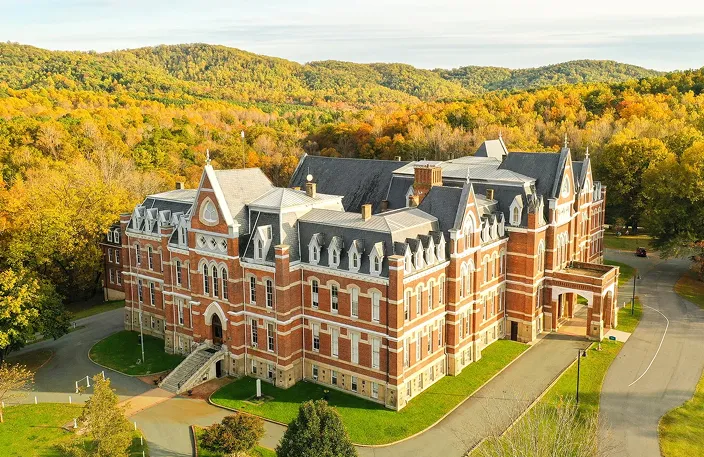

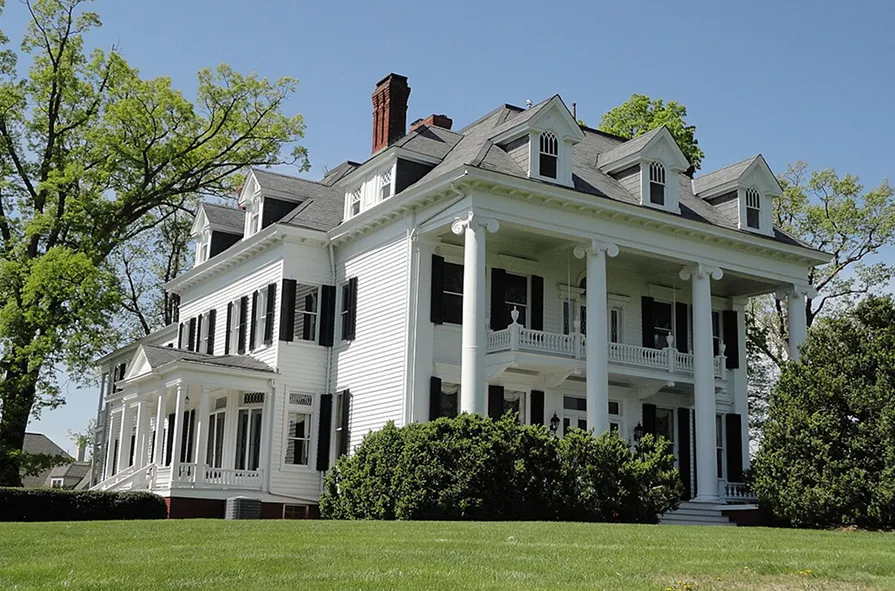
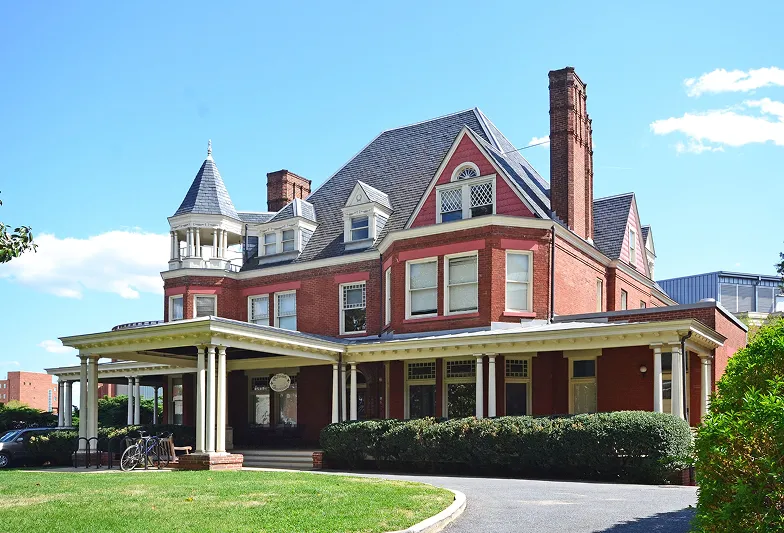
.webp)
.webp)
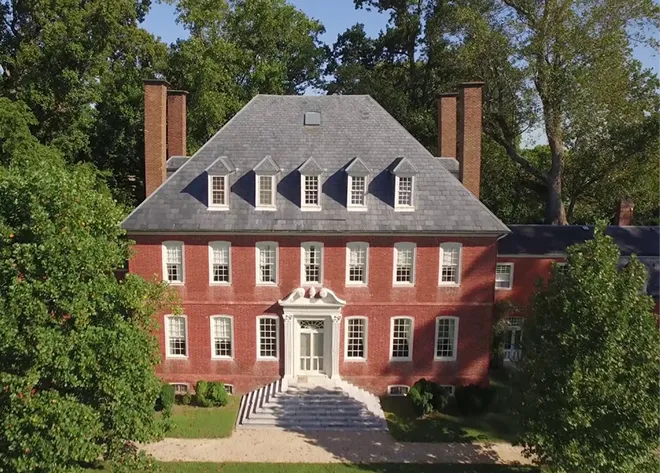
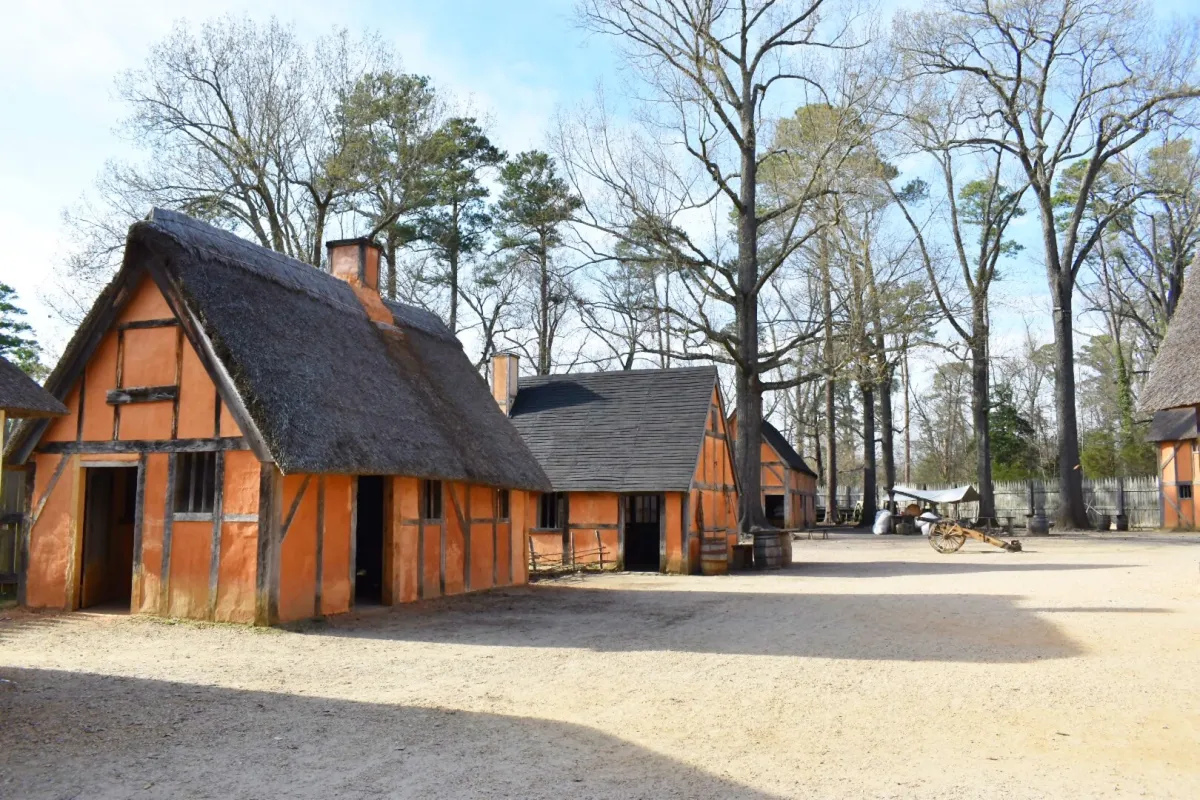
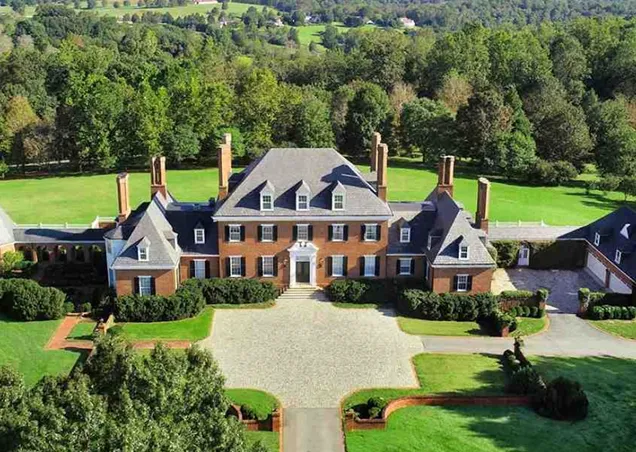
.webp)
.webp)











.webp)
.webp)

.webp)
.webp)
%2520(1).webp)
%2520(1).webp)
%2520(1).webp)

.webp)
.webp)
%2520(1).webp)
%2520(1).webp)

%2520(1).webp)
%2520(2).webp)

%2520(1).webp)
%2520(2).webp)
.webp)



.webp)
.webp)
%2520(2).webp)
.webp)
.webp)
%2520(1).webp)

.webp)
%2520(3)%2520(1).webp)
.webp)
%2520(1)%2520(1).webp)
.webp)
%2520(1).webp)
%2520(2)%2520(1).webp)